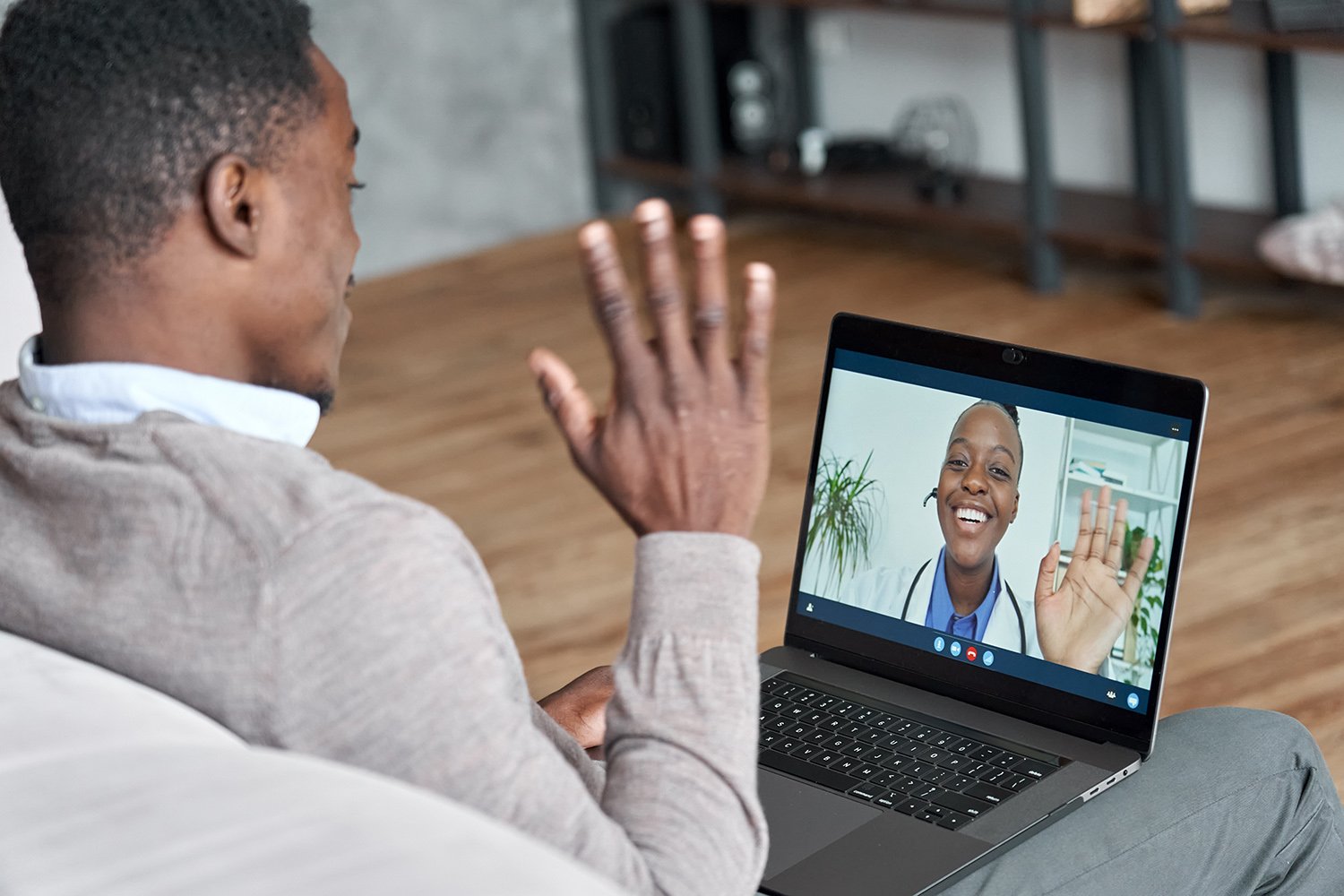The need for physical distancing during the COVID-19 pandemic ushered in an expansion in the use of technologies to minimize person-to-person contact. The healthcare industry in particular saw a rapid growth of measures, collectively known as telehealth or telemedicine, to provide care and facilitate interactions between providers and patients. Telehealth encompasses a wide range of approaches. Its defining feature is that the visits are done remotely using technologies that may range from telephone and video calls to diverse internet-based platforms.
According to the Substance Abuse and Mental Health Services Administration (SAMHSA), telehealth has been used in clinical settings for more than 60 years. Between 2016 and 2019, the use of telehealth doubled from about 14 percent to about 28 percent. During the same period, the proportion of treatment facilities for alcohol and other substance use disorders that offered telehealth increased from about 14 percent to about 17 percent.
Telehealth use overall has accelerated rapidly during the COVID-19 pandemic. A study by the Rand Corporation reported a greater than twentyfold increase in the use of telemedicine after March 2020 among a large sample of people with employer-based health coverage. Other investigators have reported that, while fewer than 1 percent of visits for mental health and/or substance use disorder were delivered via telemedicine prior to the pandemic, 41 percent of such visits were conducted via telemedicine by early October 2020.
Prior to—and since—the pandemic, the National Institute on Alcohol Abuse and Alcoholism (NIAAA) has supported a variety of telehealth research projects, including:
- Alcohol Screening, Brief Intervention and Referral to Treatment (SBIRT) with clinicians by phone or video chat
- Cognitive behavioral therapy (CBT) with a clinician or a self-guided approach called CBT4CBT
- Telehealth to address post-traumatic stress disorder (PTSD) and alcohol misuse following sexual assault
- Videoconferencing-based motivational interviewing for alcohol misuse and medication adherence in patients living with HIV
In a recent NIAAA Director’s Blog post, George F. Koob, Ph.D., noted the “profound implications” that physical distancing has for access to treatment services for those with alcohol problems. He noted that people currently in recovery or those who need help may benefit from telehealth and online support group meetings. The NIAAA Alcohol Treatment Navigator can guide visitors directly to telehealth-related treatment resources, online mutual support groups, and other resources.
References:
SAMHSA. Telehealth for the Treatment of Serious Mental Illness and Substance Use Disorders. SAMHSA Publication No. PEP21-06-02-001. Rockville, MD: National Mental Health and Substance Use Policy Laboratory, SAMHSA, 2021. https://store.samhsa.gov/sites/default/files/SAMHSA_Digital_Download/PEP21-06-02-001.pdf. Accessed January 10, 2022.
Connolly, S.L.; Stolzmann, K.L.; Heyworth, L.; Weaver, K.R.; Bauer, M.S.; and Miller, C.J. Rapid increase in telemental health within the Department of Veterans Affairs during the COVID-19 pandemic. Telemedicine Journal and e-Health: The Official Journal of the American Telemedicine Association 27(4), 454–458, 2021. PMID: 32926664
Uscher-Pines, L.; Cantor, J.; Huskamp, H.A.; Mehrotra, A.; Busch, A.; and Barnett, M. Adoption of telemedicine services by substance abuse treatment facilities in the U.S. Journal of Substance Abuse Treatment 117, 108060, 2020. PMID: 32811631
Busch, A.B.; Sugarman, D.E.; Horvitz, L.E.; and Greenfield, S.F. Telemedicine for treating mental health and substance use disorders: Reflections since the pandemic. Neuropsychopharmacology 46, 1068–1070, 2021. PMID: 33479513
Cantor, J.H.; McBain, R.H.; Pera, M.F.; Bravata, D.M.; and Whaley, C.M. Who is (and is not) receiving telemedicine care during the COVID-19 pandemic. American Journal of Preventive Medicine 61(3), 434–438, 2021. PMID: 33781622
This article first appeared in NIAAA Spectrum.
To receive email alerts from NIAAA, sign up at https://public.govdelivery.com/accounts/USNIAAA/subscriber/new.
